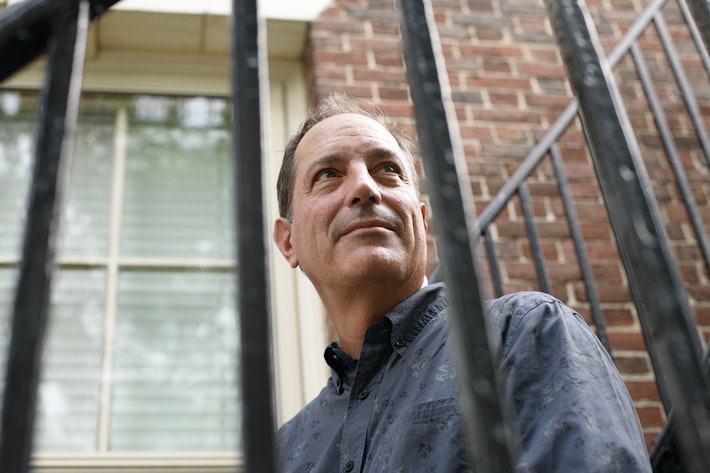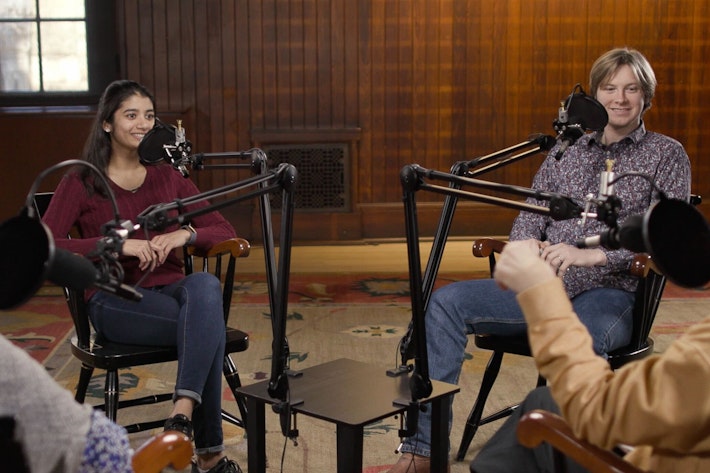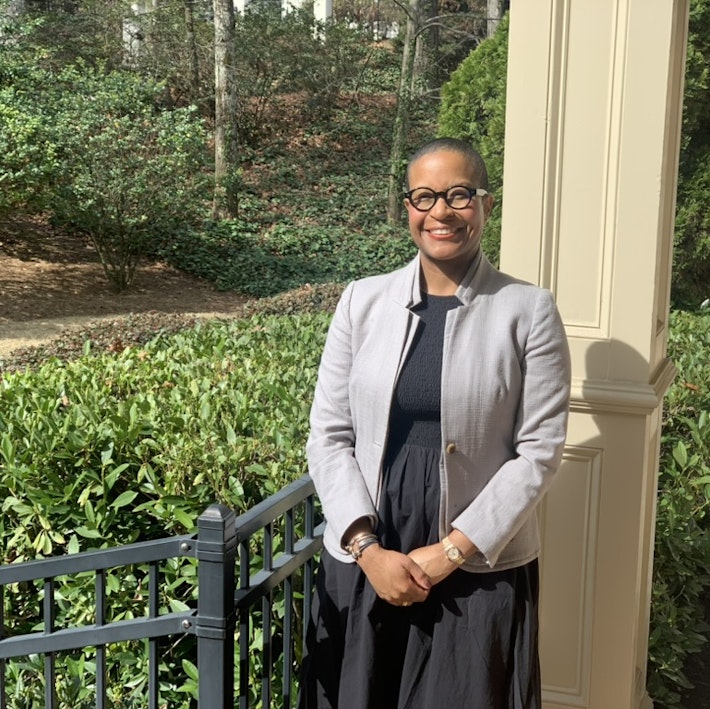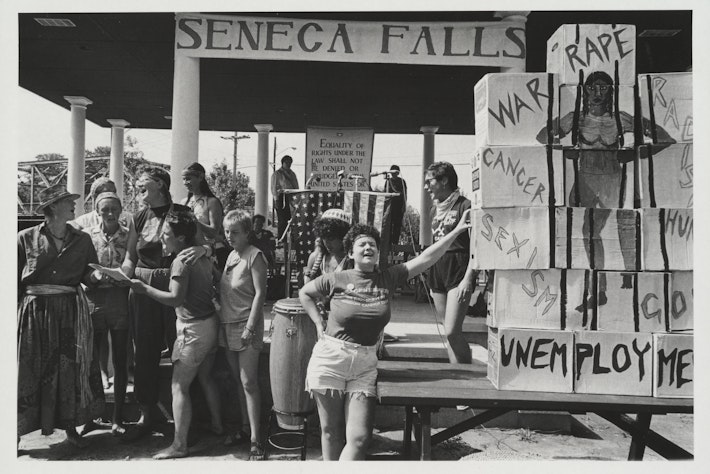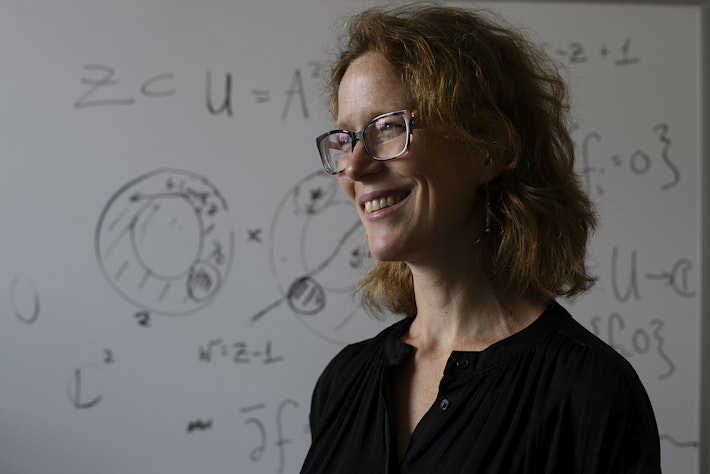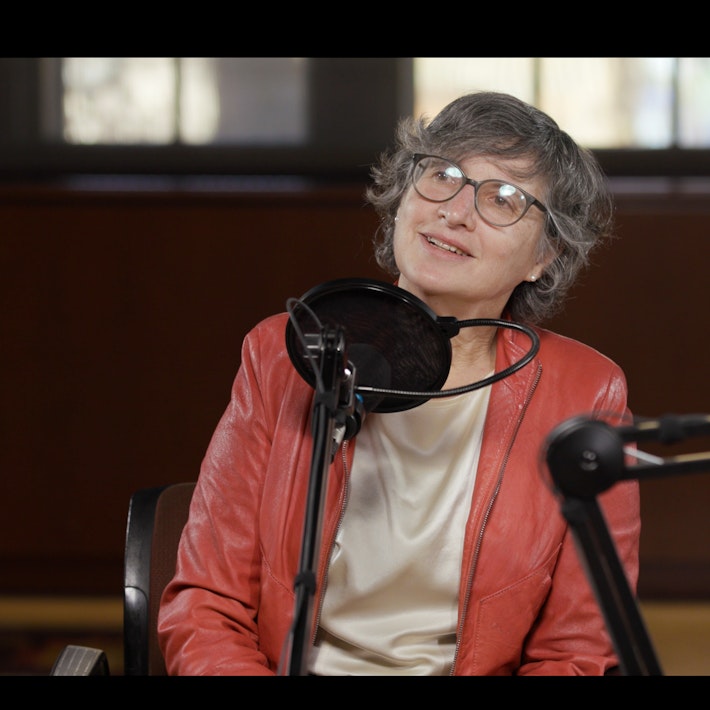[Extra] Ordinary Performances
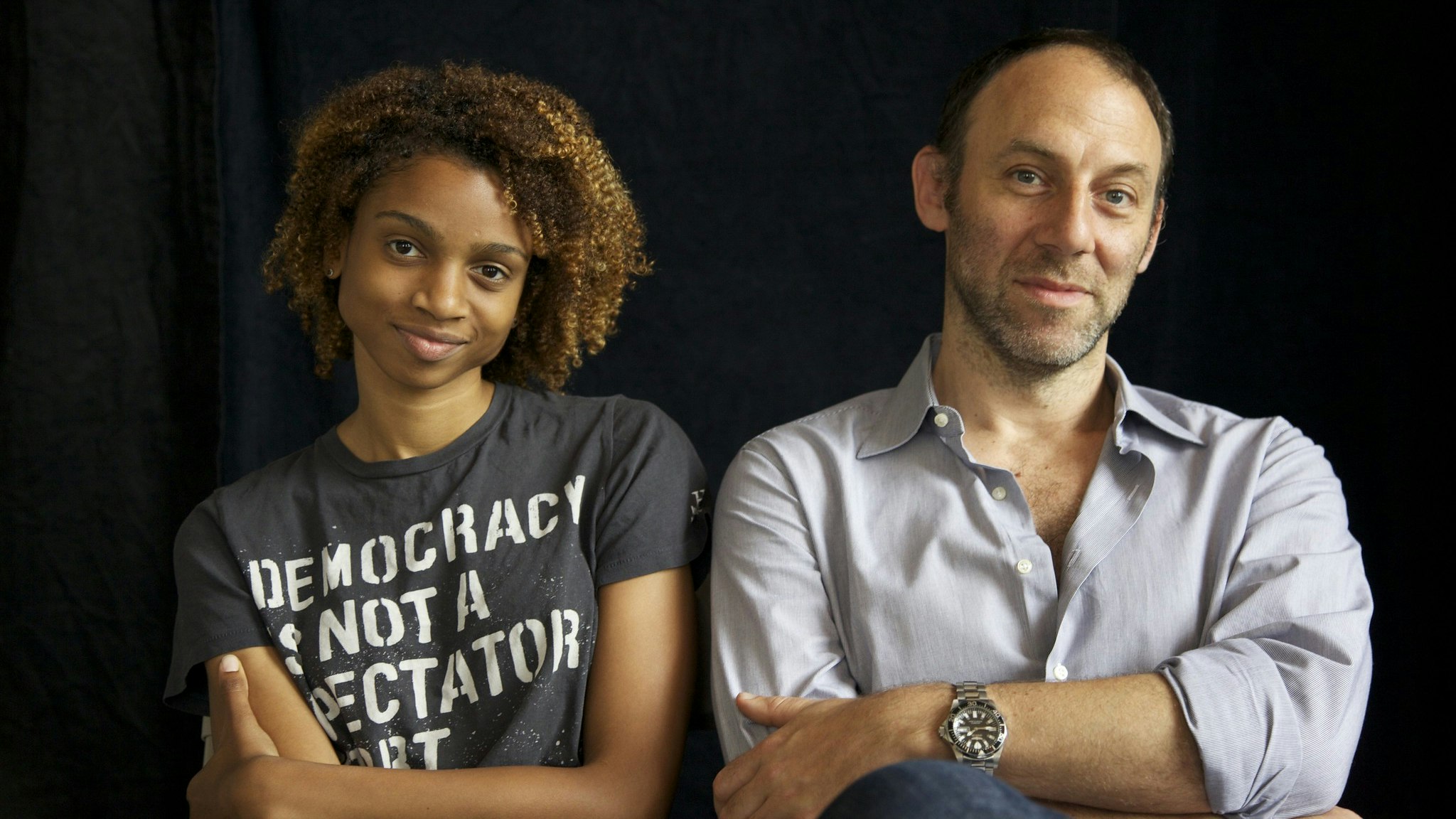
Radcliffe Institute fellow David Levine recruited trained actors to study—and become—ordinary people. Did they succeed?
In locations across the country—Boston, Los Angeles, New York City—a small crew of trained actors lies at the ready. Having “acquired” the personality of one of six ordinary citizens, they could put on another person’s identity at a moment’s notice. They make up, one could argue, a clandestine performance troupe.
These actors and the volunteers whose personalities they’ve studied were brought together by the artist David Levine AM ’96, RI ’13 as part of an ongoing project called Character Analysis. Currently under way at the Radcliffe Institute for Advanced Study, the project combines method acting, performance art, and psychology. It began with an actor (surrogate) and a subject (volunteer) meeting three times a week for three months, during which time the actor tried to become the subject. (Levine, who volunteered for the project in addition to conceiving it, found himself with seven actors and six subjects, so one volunteer ended up with two surrogates.) The resulting transformations may appear to be superficial, but the portraits run deeper than that. “The goal isn’t just mimicry,” says Levine. “The goal is to inhabit the subjectivity of the role they’re playing.”

Two actors embody their subject in a short interview.
Creating an Empathy Machine
Levine has long been intrigued by what constitutes performance and how far the idea of character subjectivity can be taken. In a piece called Actors at Work, he filed Actors’ Equity Association contracts with actors to perform their various day jobs, such as “freelance editor” and “babysitter.” For The Gallery Will Be Relocating over the Summer, he staged an improvisation: the opening of an exhibition of artwork made, curated, and attended by actors who had, over the period of two months, acquired the personality and artistic outlook of the various attendees, whether the artists, a curator, or gallerygoers. But Levine wanted to push this idea further. “I wanted to make it as intensive as I possibly could,” he says.
So he put out a call for actors and subjects. Instead of auditioning them in a traditional way, Levine chose the actors—who, aside from one undergraduate student and one professional actor, were all enrolled at the A.R.T. Institute—for their approach to acting and style of thought. “It’s an examination of how far a technique can go,” says Levine. “The quality of the performance is based purely on the quality of the empathy generated by the surrogate.” He considered the possibility that commitment to a technique could result in “an empathy machine” of sorts.
To further avoid obvious mimicry, Levine matched these surrogates and their volunteers solely based on scheduling, without regard for age, background, gender, or race. Lelaina Vogel ’15 studied Bruce Williams, a landscape architect and the operations coordinator at Radcliffe's Schlesinger Library. Vogel, a psychology concentrator with a secondary in dramatic arts and a citation in Spanish, is originally from Peoria, Illinois; Williams, 43, grew up in Texas. Levine, 42, was studied by Kristen Browne, a young African American woman training at the A.R.T. Institute.
In videotaped sessions, modeled after one-on-one psychotherapy, the actors tried to get to the root of their subject’s thinking and behavior by studying their speech, body language, and biography. At the end of the three-month period, the actor would close out the project by going on a mission in character—truly a surrogate for their volunteer—and then reporting back on what it was like to experience the activity as that person.
Bruce Goes to Karaoke
“I’m not one of those people who loves to be on camera,” says Williams, the Radcliffe Institute employee who volunteered for Character Analysis. Although it was discomfiting to be in a room being filmed while lighting technicians and visitors looked on, he wanted Vogel, his surrogate, to create a truthful portrait: “For Lanie to succeed, I had to be honest and really be me,” he says. “I had to put it all out there, which is hard to do when you’re a private person.” Williams was nevertheless excited to take part in an art project so far outside his comfort zone.
Vogel, who has a community-theater background but is not classically trained, was a sophomore looking for an on-campus job when she stumbled across Levine’s listing for a Radcliffe Research Partner. Levine hired her to run the program and coordinate schedules, with the added component of meeting with Williams for three hours a week to develop a portrait of him. Vogel found the process as intimidating as Williams, for different reasons. “Here you have a real-life person in front of you, and you have to break them down into pieces and put them back together again, hopefully in somewhat of the same shape,” she says.
Scheduling conflicts have prevented Vogel from completing her final mission as Williams: going out with his friends to sing karaoke, which he’s never done. “Lanie doesn’t have a shy bone in her body, and she has to pull herself back in order to play me,” he says. “It’ll be interesting to see what it’s like for her to do karaoke—which she would normally do and not even think anything of it—but to do it as someone who is very self-conscious and controlled.” Despite her background in musical theater, Vogel says she’s “nervous as all get-out” to be “karaoke Bruce.”
But from Williams’s perspective, she needn’t worry too much. He has seen a sneak preview of Vogel’s interpretation of him and has a review: “She really nailed it.”

The actor Lelaina Vogel does an exit interview as her character, Bruce Williams.
A Third Person, and a Momentary Portrait
Of course, Levine points out, the surrogates could never truly become their subjects. The resulting portrait is instead one person’s subjectivity expressed through another person’s physiognomy. “In a sense, what you’re actually getting is a third person who’s somewhere in between these two things,” he says.
Even that portrait is imperfect, in that it does not evolve beyond the scope of the project, as the original subject might. Years from now, when Vogel consults her notes and calls up her portrait of Williams, it’ll be a portrait of him as he was in 2013.
The Continuing Question
In his final semester at the Radcliffe Institute, Levine is organizing the documentation around Character Analysis, editing the 60 hours of footage from the sessions into a 40-minute documentary and collating a large number of photographs from the project. These ephemera will comprise the gallery portion of the work. “But those are just tokens that it happened,” he says. “The piece itself is latent.” Some performances have already occurred, but the actors—with the portraits they’ve developed of their volunteers—are still out there. Performances may continue to occur, and we’d be none the wiser.

